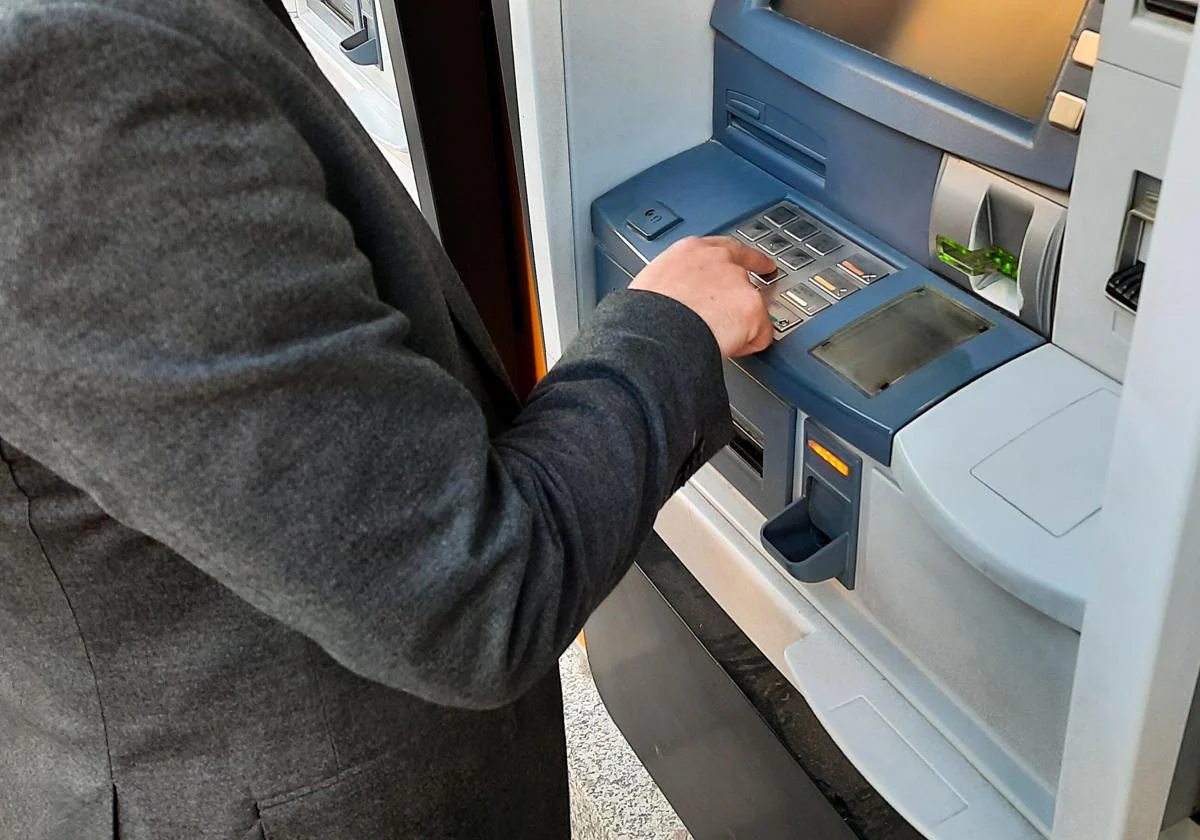Savings banks and retail banks

Digitization is considered both a challenge and a great opportunity for the retail banking sector
Mobile phones are reaching all corners of the world. Virtually all the inhabitants of the planet will have Internet in the not so distant future. The flow of money continues to spread throughout the world and people relate to banking services in a different way, especially younger generations. Banks also address their clients differently, especially in terms of "when, where and how" they contact them. "We do not live in a time of change, we live a change of era" and, as a consequence, "savings banks and retail banks adapt to the new times".
This is how he expressed himself Isidro Fainé last November after being elected president of World Institute of Savings Banks and Retail Banks (WSBI, for its acronym in English), which represents the interests of 7000 entities around the world. Fainé, also president of the CECA and the Banca la Caixa Foundation, delivered these words at the close of the 25th Assembly of this organization, held in New Delhi in the framework of the World Congress of Savings Banks and Retail Banks.
Digitization and leadership
In his speech, the executive addressed the issue of digitalization, which entails a change in the business models of banks and an obligatory dialogue with other actors in the financial, digital and technological fields. Undoubtedly, the new scenario poses a "challenge", but also a great "opportunity", said Fainé, because "through digital and mobile banking, a large number of people can be included, from anywhere in the world. , the digitalization also makes it possible to better know the users and offer fast and personalized services, through the channel they prefer. All this generates cost savings and improves the customer experience. "
This new digital scenario does not exclude the classic branch network. On the contrary, the president of WSBI put in value an integral model that combines "human intelligence and artificial intelligence". "My experience has taught me that in branches Ideally, employees should dedicate 90% of their time to commercial activity, that is, to individual contact with customers, and the remaining 10% to office and administrative tasks. The branches have an essential role within an integral multi-channel distribution model since they facilitate a personal and more human contact ".
The human factor has been, is and will continue to be essential to successfully develop commercial activity and, therefore, during the assembly the importance of leadership and leadership was recalled. We have to "make people grow, help them make decisions, create a good work environment, maintain good communication and give back appropriately", Fainé, who also used his lecture to remember that "the authority resides in the people, not in the positions".
Financial inclusion
The foundations of savings banks and retail banks are the trust of customers, excellence in service and transfer to society the benefits of globalization. "We have a social mission to help communities and economies stay strong and prosperous in a globalized world. When financial inclusion improves, more jobs are created and the economy grows, "Fainé explained.
For this reason, the WSBI signed an agreement with the World Bank in 2016 for the implementation of the Universal Financial Access Commitment 2020, which aims to get a billion people to access a bank account. The latest available data, from December 31, 2017, show that the organization contributed to this objective by providing financial access to 234 million new customers affected by the financial exclusion.
"Everything we do, such as savings banks and retail banks, can and should contribute to solving income inequality on a global scale. to help solve the social demand for sustainable economic growth, solidly based and generalized, that is, that generates inclusive economy and social development not only in large cities, but also in rural areas, "he added.









